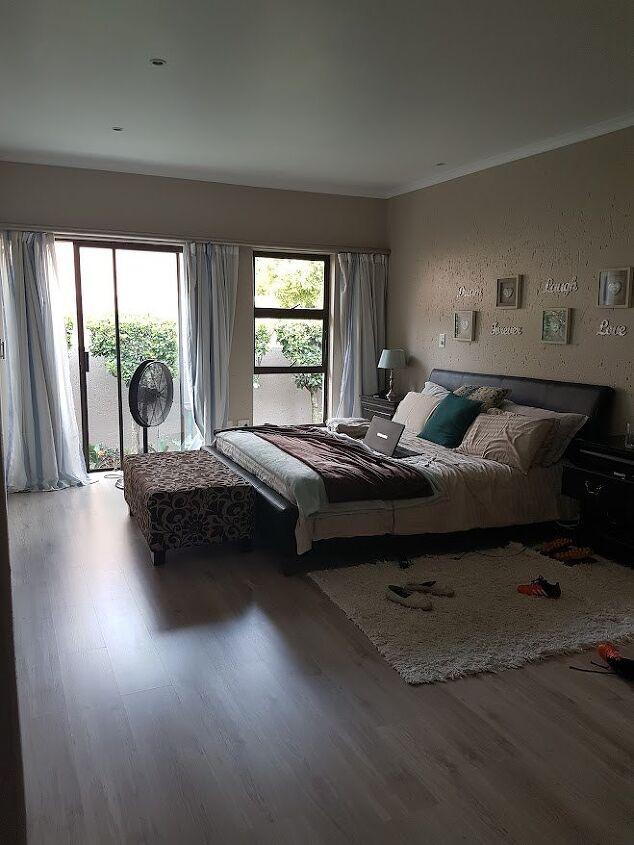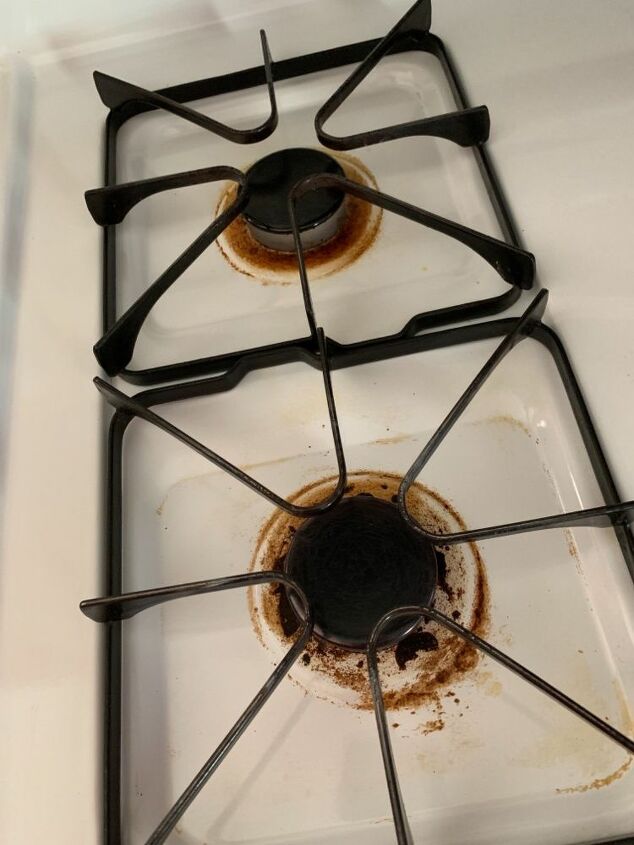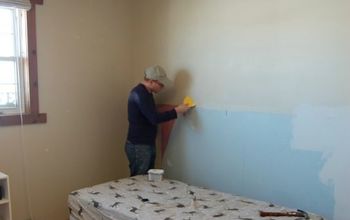Moldy drywall

-
What room?
 Debbie Harris
on Jan 04, 2014
Helpful Reply
Debbie Harris
on Jan 04, 2014
Helpful Reply -
-
There should be a vapor barrier on the exterior walls! This is very important! If you have moldy drywall I hope that you are sealing off the room and wearing gloves and masks~breathing in mold is very dangerous and if you are tearing out drywall you should shut the vents off to the room and close the doors or put up plastic to make sure the dust does not in to the vents. A vapor barrier keeps the moisture out because as the cold air from outside hits the wall and inside wall is warm you are going to get condensation. If you have dry rot then you have had this problem for a very long time and most likely will need to check all exterior walls for any signs of mold. Is it an older home? Also need to check for any leaks or signs of moisture. Is the dry rot and mold limited to an exterior wall? If so then this is where you start. Ripping out the drywall and installing new wood, insulation, and a plastic vapor barrier is important. there are kits at stores now to test for mold. Get one. Many problems people experience with breathing come from mold and now doctors are attributing the rise in asthma because of mold. So check it out. and good luck.
 The Garden Frog with C Renee
on Jan 05, 2014
Helpful Reply
The Garden Frog with C Renee
on Jan 05, 2014
Helpful Reply -
-
I have the same problem. I know you/I should replace the insulation and yes, you do need to cover with plastic/vapor barrier. I don't know about the wood, I hate the thought of having to replace it. I'm assuming if its treated for mold and dry that it would be ok but if it has dry rot I would think it needs to be replaced...I'm following this to see if anyone can provide more answers! Good luck with your project!
 Sue Allen
on Jan 08, 2014
Helpful Reply
Sue Allen
on Jan 08, 2014
Helpful Reply -
-
so because it didn't have plastic I need to tear down all the drywall and redo everything .?
 Terry S
on Jan 09, 2014
Helpful Reply
Terry S
on Jan 09, 2014
Helpful Reply -
-
that's is what I was afraid of ....thank you @c renee fuller@ hometalk
 Terry S
on Jan 11, 2014
Helpful Reply
Terry S
on Jan 11, 2014
Helpful Reply -
-
Newer homes have all integrated vapor barriers for energy efficiency and updated codes; older homes did not have plastic. If budget is not an issue, have it all replaced; but if budget is an issue...remove any drywall with mold/water damage. Purchase a sealer made specifically to treat mold (they make it) and spray all the interior wall framing with it. If the wood is only bad where the water damage was, add another stud piece next to it and run it up to good wood to attach. Add insulation where it is missing and note; the paper backing on rolled insulation IS considered a vapor barrier - you staple the paper rim on the insulation to the front face of the stud in lieu of just stuffing it in the space and replace the drywall. There are also different kinds of mold. What caused the damage? A flood, a leak, moisture in the room? Do some research and key in on what you are dealing with.
 Moxie
on Jan 12, 2014
Helpful Reply
Moxie
on Jan 12, 2014
Helpful Reply -
-
Also, do you know where the water came FROM?? You need to find that out first, before you do repairs or you'll end up with the same or worse problem later on.
 Carol Merrill
on Aug 12, 2015
Helpful Reply
Carol Merrill
on Aug 12, 2015
Helpful Reply -
Related Discussions
What should I do with this rusty bucket?
I love rusty junk. So when I saw this bucket at a yard sale I liked it too much to pass it up. The question now is, what do I do with it? My only thought is to turn i... See more
Which room would you pick for a room makeover in your home?
We're curious, if you could redesign any room in your home, which is the room you would choose?Whether it's your cozy living room, your bustling kitchen, or even your... See more
How to find out the value of antique furniture
My husband and I are looking to sell his grandmother's dining room set but, we have no idea what to ask for it. We could not find any markings as to who made it, all ... See more
How can I get the actual grass clippings out of the sock?
Help - I have tried everything! I can't get the actual grass cuttings out of my sons socks!Best socks!If you need new socks Dickie's moisture control socks are the o... See more
How do I remove the stubborn stains from gas stove?
How do I remove the stubborn stains from gas stove?




